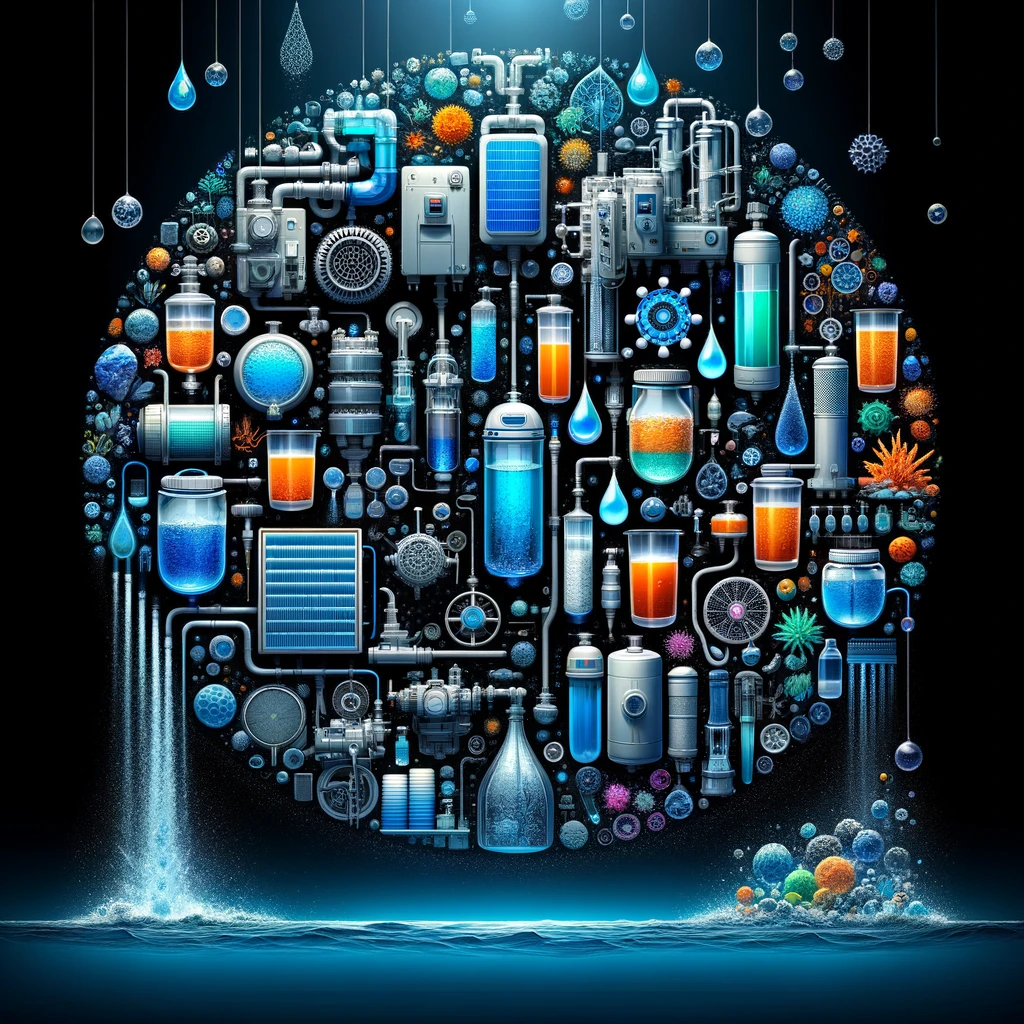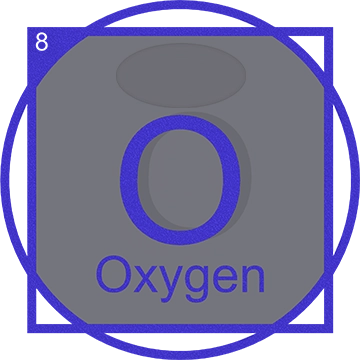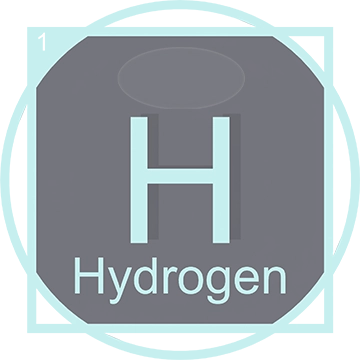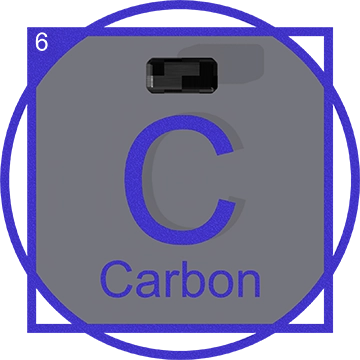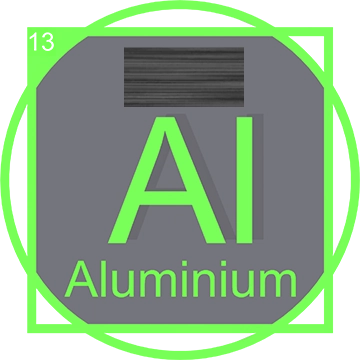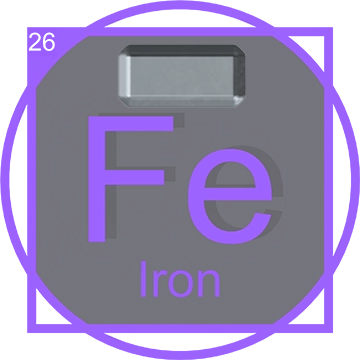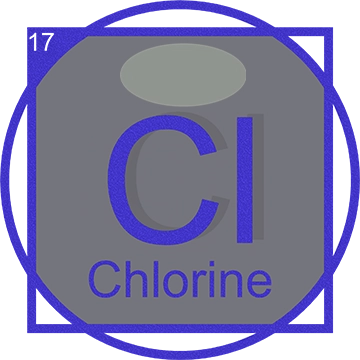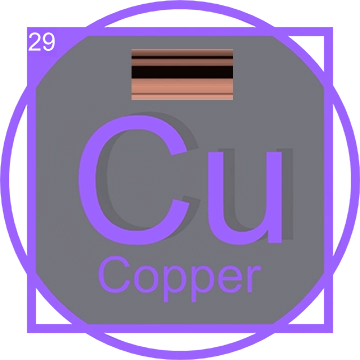Water Purification Technology Elements: A Comprehensive Guide
Understanding how elements from the periodic table contribute to clean drinking water.
Introduction
Water purification technology is crucial for ensuring clean, safe drinking water. But what makes it effective? This guide will explore the essential elements used in modern water purification systems and their roles in ensuring high-quality water.
The Ancient Roots of Water Purification
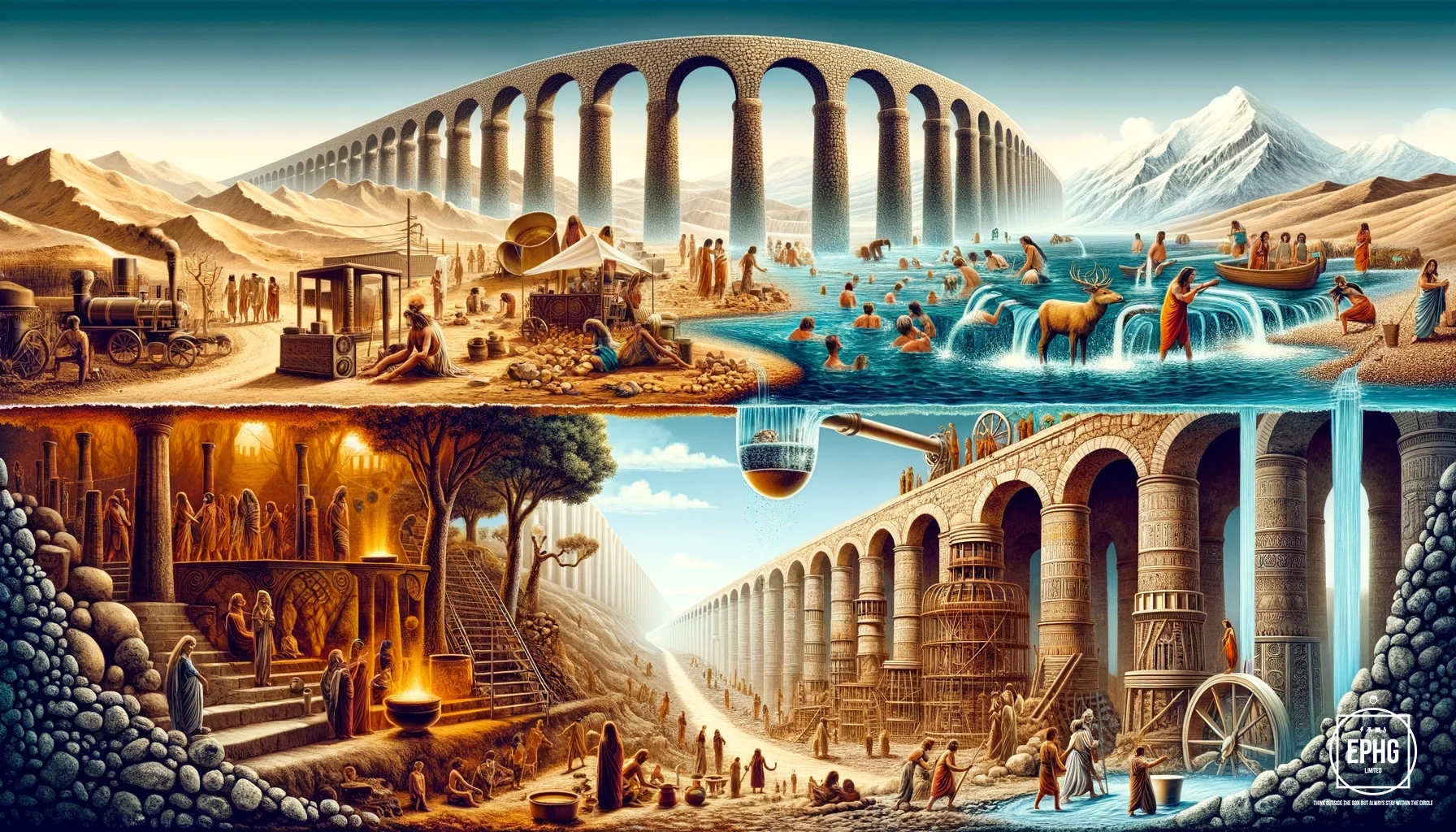
Water purification has ancient origins, dating back to Egyptian writings around 2000 BCE, where boiling and filtering through sand and gravel were used to make water cleaner. Ancient Greek and Sanskrit texts from 400 BCE also described water treatment methods, emphasizing boiling and straining for better taste and appearance.
Early civilizations recognized the benefits of sand and charcoal filtration. The Greeks experimented with sunlight for disinfecting water, an early form of solar purification. During the Roman Empire, aqueducts and lead pipes distributed water across cities, marking large-scale advancements. Despite some public health issues, these early innovations laid the groundwork for future improvements in water treatment.
Elements in Water Purification
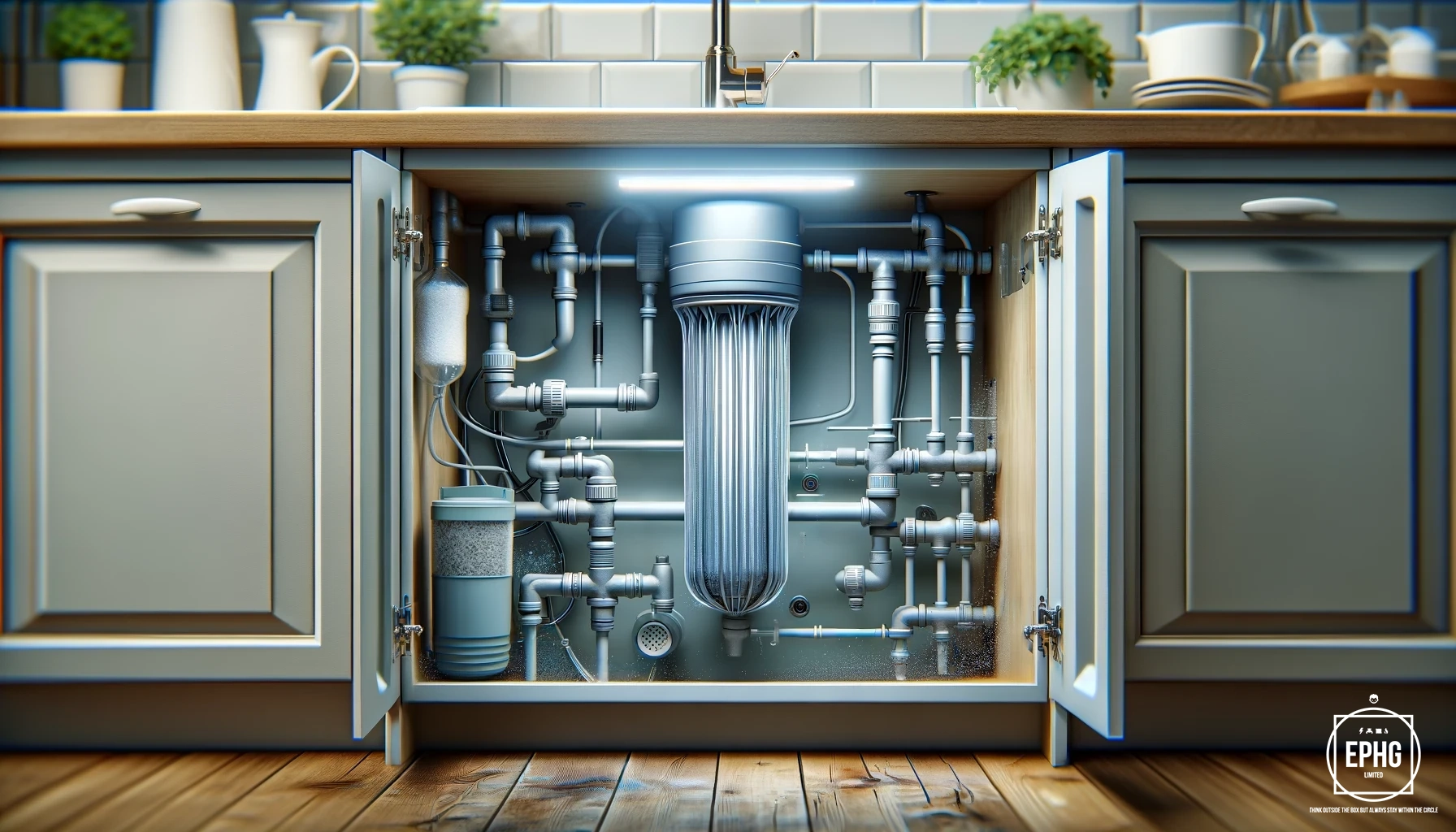
Carbon Filtration: The Workhorse of Water Purification
Activated carbon, derived from natural materials like coconut shells or coal, is a powerful filtration medium. It excels at removing organic contaminants, chlorine, and improving taste. The porous structure of activated carbon makes it highly effective at absorbing impurities, which is why it's widely used in home water filters and municipal treatment systems.
Chlorine Disinfection: An Effective Pathogen Slayer
Chlorine, an element found on the periodic table, is known for its disinfectant properties. It destroys harmful microorganisms in water supplies, making it crucial for preventing waterborne diseases. Municipal water treatment facilities often rely on chlorine for large-scale water purification. However, it can react with organic compounds to form disinfection by-products, which are often mitigated with secondary purification processes.
Silver: The Antimicrobial Powerhouse
Silver, a lesser-known element in water treatment, has natural antimicrobial properties that help inhibit bacterial growth. Silver ions can be embedded in filters to prevent biofilm formation, ensuring that filters remain effective longer. This antimicrobial layer is often combined with carbon or ceramic filtration systems for an added layer of protection against microbial contaminants.
Copper: The Broad-Spectrum Antimicrobial Agent
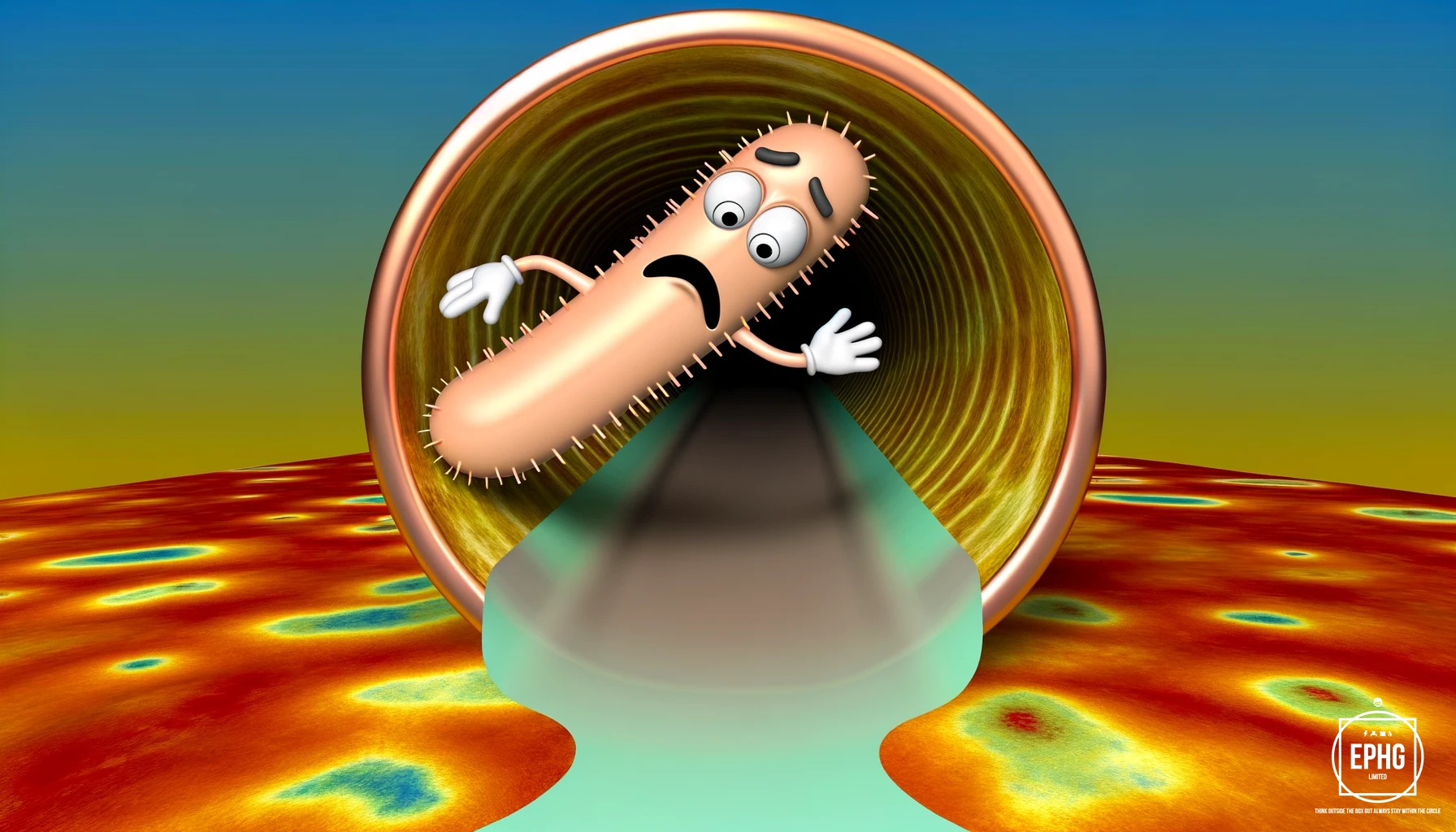
Copper, another metal with strong antimicrobial properties, plays a significant role in water purification. Its ions can disrupt the cell membranes of bacteria and viruses, preventing their proliferation. Copper-based filters are often used in combination with other technologies to bolster their effectiveness against a broad spectrum of microorganisms. Copper's ability to neutralize pathogens while remaining effective across varying pH levels makes it a versatile component in comprehensive water treatment strategies.
In addition to its antimicrobial properties, plumbers often prefer copper over plastic piping due to its durability, corrosion resistance, and heat tolerance. Copper piping is strong and resilient, offering a longer service life, and is less prone to damage from external factors like UV light or rodents. Furthermore, copper is relatively simple to work with, enabling secure connections that minimize water leaks. Its naturally biostatic nature also prevents the growth of bacteria and other microorganisms within the pipes, ensuring that water remains safe and potable as it moves through the system.
Advanced Filtration: Reverse Osmosis and UV Sterilization

Reverse osmosis (RO) technology utilizes a semipermeable membrane to filter out dissolved salts and heavy metals. It's incredibly effective but can be energy-intensive. UV sterilization is a chemical-free alternative that uses ultraviolet light to destroy microorganisms, complementing other purification stages.
Advanced Technology: Atmospheric Water Generation and Its Purification Process
Atmospheric water generation (AWG) represents an innovative leap in water technology, harnessing the moisture from the air to produce drinkable water. Using a process similar to natural condensation, AWG machines cool air to its dew point, causing water vapor to condense into liquid. This water is collected and then subjected to rigorous purification methods, which often include carbon filtration, UV sterilization, and reverse osmosis, to remove impurities, pathogens, and chemical contaminants.
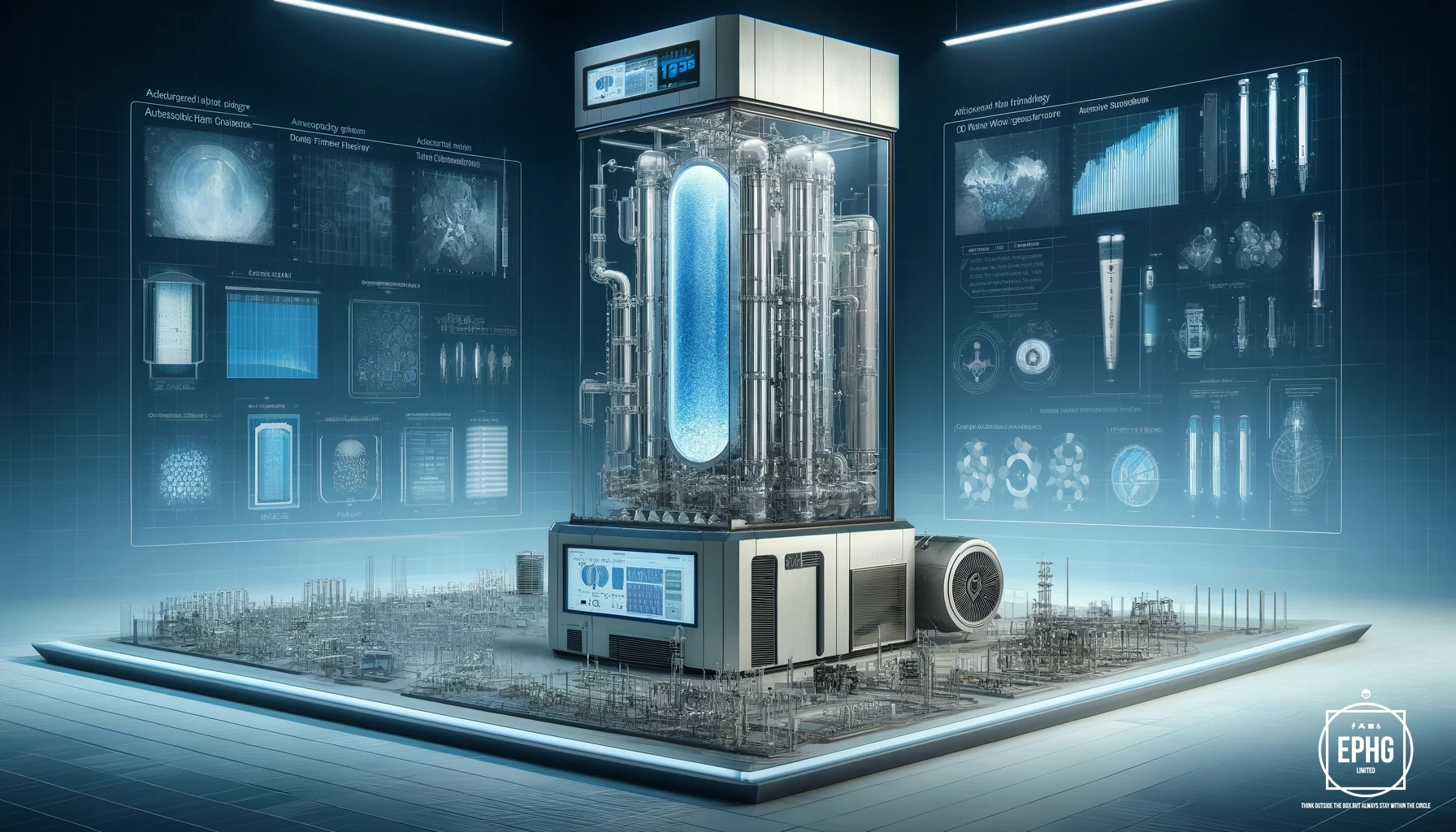
The AWG process is particularly valuable in areas with limited access to fresh water but ample humidity. It offers a sustainable solution to global water scarcity, requiring only electricity or solar power to function. Modern AWG devices are designed to be highly efficient, combining multiple filtration stages to ensure that the water produced meets or exceeds international drinking standards. This emerging technology offers a promising future for water sustainability and resilience.
